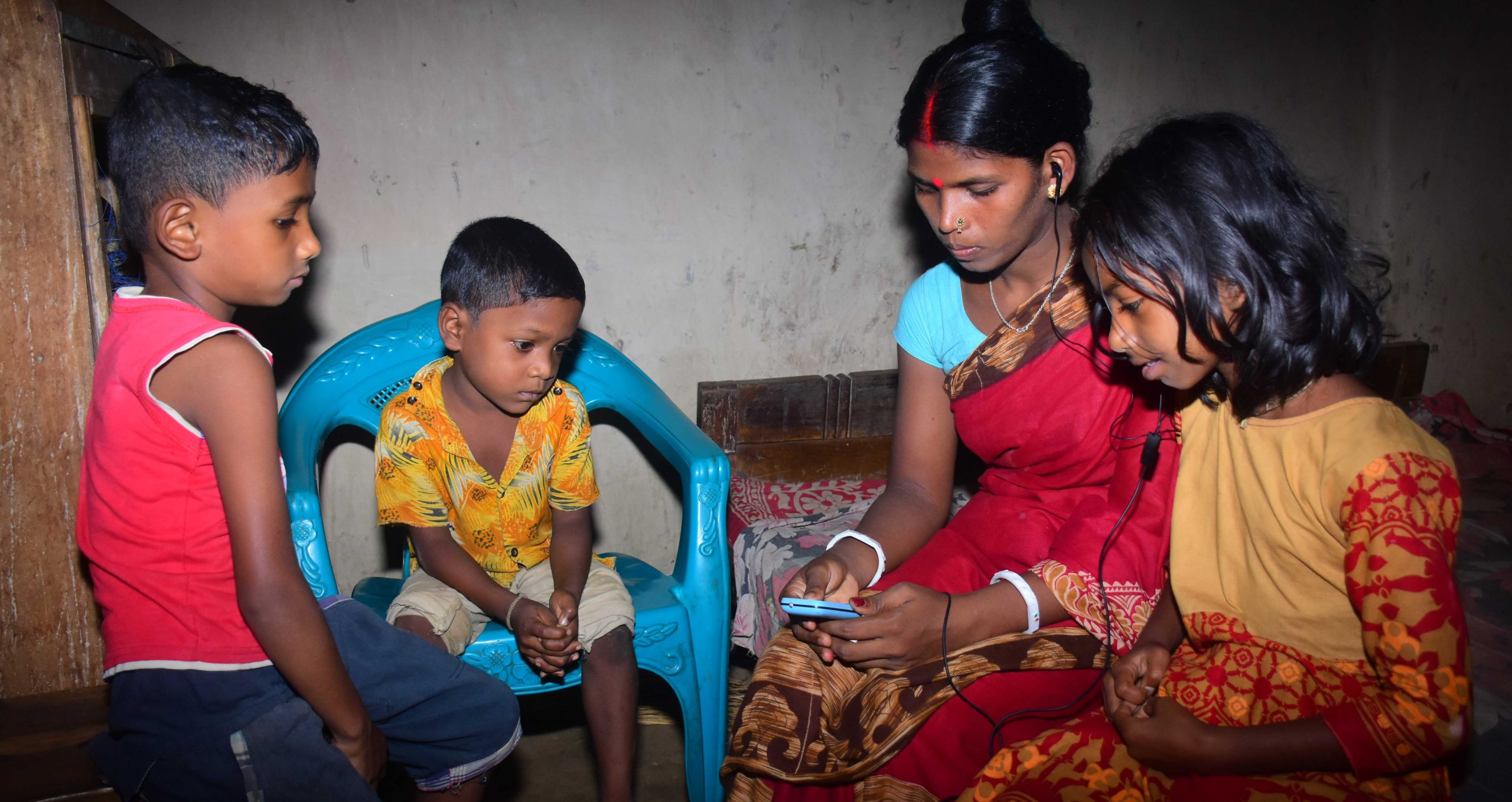Overcoming the learning divide: Assessing what students missed during school closings for COVID-19
Amid COVID-19, schools in Bangladesh have been closed nearly a year. How can we ensure students are not left behind?

By Safiqul Islam
This piece was originally published in Inter Press Service. It has been reposted below.
School closings and the varied impacts of remote learning amid the COVID-19 pandemic are a global challenge. Educators worldwide have been struggling to meet contemporary educational standards in this environment. But this challenge is followed by yet another: how to assess the readiness of students to resume in-school education when schools open. At BRAC, the international nongovernmental organization that operates 25,000 schools in Bangladesh, serving 750,000 students, we have developed an approach that could be helpful.
Schools in Bangladesh have been closed since March 2020, with remote education taking their place. That poses a very practical problem. When students return, likely in the first quarter of 2021, they will have had greatly varied educational experiences.
That variety of experiences will be evident globally, not only because approaches to remote teaching are so varied, but because student access to it is. In many parts of the world, Internet access is limited; that is as true in the United States as it is in Bangladesh. Rural areas have less access than urban areas. Wealthier areas, and wealthy families, have more access than poorer ones. Smaller families have fewer family members to share the home computer than larger ones.
There are also differences specific to the student and family; some students respond well to remote learning; others do not. Some have parents who are better able to help them than others. Some are in settings that are more conducive to study than others. Some deal with stress and uncertainty better than others. This is universal.
In Bangladesh, BRAC has addressed these varied circumstances by drawing on television, radio, and telephones to create new educational platforms and curricula for use depending on local conditions. Those formats enhance both the potential and the reality of remote learning, but of course cannot completely erase the differences in student experience.

The challenge of student readiness in Bangladesh can be understood simply through considering the case of a new third-grader. If that student had been struggling academically two years ago – in first grade – and had received just two months of in-school education in second grade (before schools closed in March), he or she could be quite unprepared for third grade in 2021. Even though that student would basically still be at second grade level, he or she will resume in-school education in third grade, because the Government of Bangladesh has instituted automatic promotions for all students when schools reopen.
Contrastingly, a student who thrived in first grade and was well served by remote learning in second grade could be fully ready for third grade.
The challenge for schools and teachers is, therefore, to assess each student and create remedial opportunities, so students are properly prepared to succeed. But that requires a new approach. Never before have schools welcomed students while having so little understanding of what the students learned the year before.
When BRAC schools resume, we will not start with normal classes. We will instead assess the diverse competencies of the students and provide remedial support as needed, so that within six months, we will have everyone back at grade level.
In the assessment phase, we will have three groups and six sub-groups, in order to address sufficiently the range of needs. The three groups – green, yellow, and red – will designate those students who are ready for the new grade, those who had not achieved enough in the previous grade, and those who are a year behind that. The sub-groups allow for further variation.
Those who are ready for the new grade will proceed at grade level, while those who are not will receive remedial support in accordance with their group and sub-group. Those in the green group will also serve as mentors, providing peer support to those who are not yet as advanced.
In order to have fewer students in classrooms until the pandemic ends, students in first grade will have their classwork indoors, while students in second and third grades will have a mix of indoor and outdoor classes. Students in fourth and fifth grades will have assignments that require them to pursue projects outside. A project to encourage creativity, inquisitiveness, and analysis might, for instance, have them studying trees and preparing presentations on them.
This approach will best serve all students by ensuring that they start at a level appropriate to their readiness and by enabling those who need to catch up to do so as quickly as possible. The COVID-19 pandemic has challenged schools as never before, and the prolonged combination of uncertainty, fear and loss has challenged students as never before. Globally, we must ensure that it does not rob students of the educational attainment that they so greatly deserve.
Safiqul Islam is Director of Education at BRAC in Bangladesh.